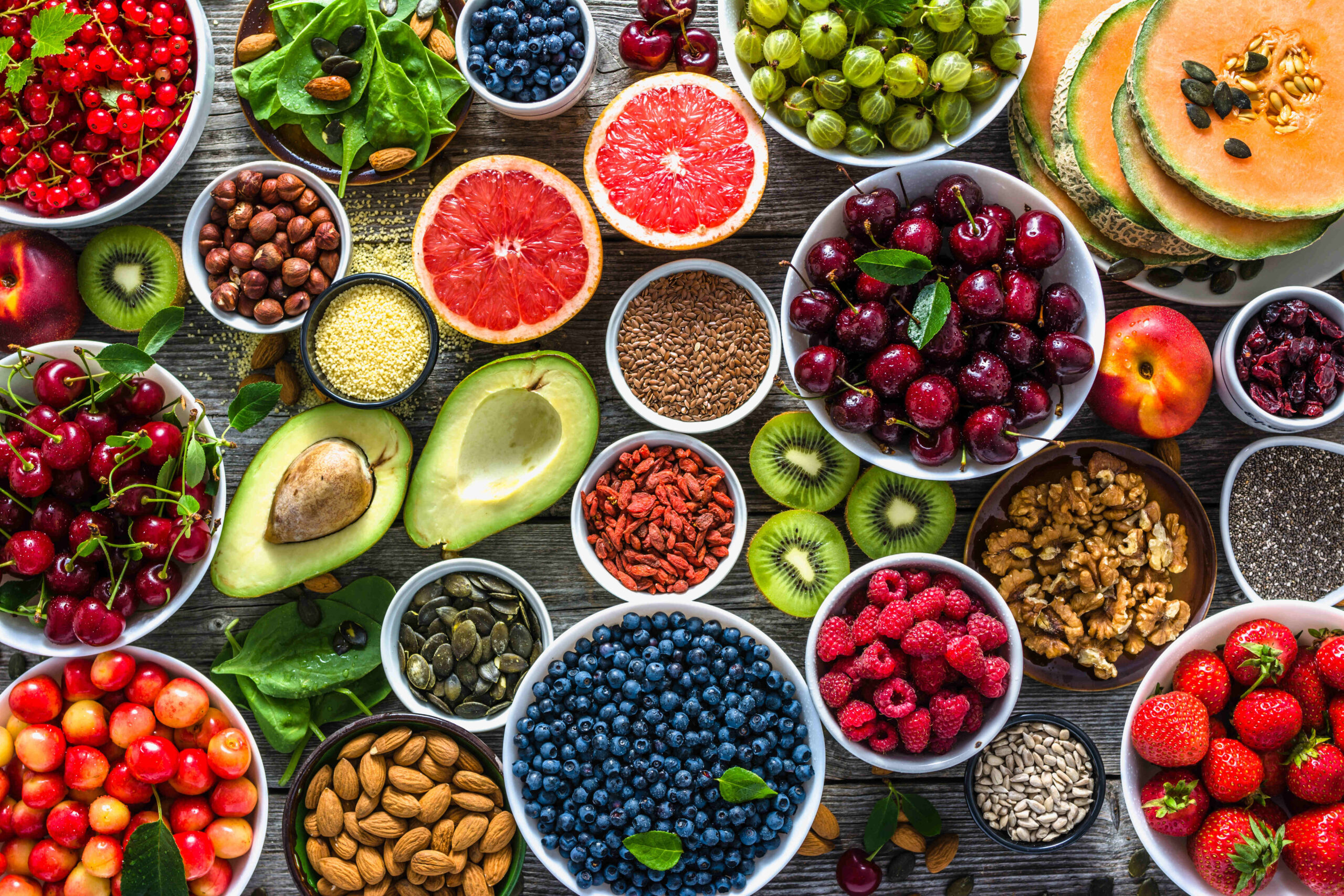It’s a common myth that eating healthy has to be expensive, but the truth is that good nutrition is possible even on a limited income. Find simple ways to stretch your food dollars with smart shopping, meal prep tricks, and affordable ingredients that work with SNAP or any tight budget.
Start with a Flexible Meal Plan
The first step to eating healthy without overspending is having a plan. But meal planning doesn’t mean locking yourself into complicated recipes or expensive ingredients. It’s about thinking ahead so you waste less, buy what you’ll actually eat, and make the most of what you have.
A good approach is to create a basic weekly meal “framework”—think 2-3 breakfasts, 2-3 lunches, and 3-4 dinners you can rotate or remix. Use what’s already in your pantry or freezer as your starting point. From there, write out a grocery list that fills in the gaps.
Apps like Budget Bytes can be a huge help here. They offer hundreds of low-cost, nutritious recipes with clear price breakdowns and shopping lists. Even if you’re new to cooking, their step-by-step photos make it easy to follow.
Planning ahead also means building in flexibility. Leave room for leftovers, swaps, and using what’s on sale that week. SNAP users can often stretch benefits further by adjusting their plan based on what’s marked down in-store.
Build Meals Around Affordable Staples
You don’t need organic everything to eat well. In fact, many of the most nutritious foods are also some of the cheapest—like canned beans, oats, frozen vegetables, and eggs. The key is to stock up on versatile staples that can be used in different ways across multiple meals.
Try to include at least one item from each category when building your meals:
Protein: canned tuna, beans, lentils, eggs, or peanut butter
Grains: brown rice, oats, whole wheat pasta, tortillas
Vegetables: frozen broccoli, carrots, cabbage, canned tomatoes
Fruits: bananas, apples, frozen berries, unsweetened applesauce
Frozen and canned produce often gets overlooked, but it’s just as nutritious as fresh—and way more budget-friendly. Just look for low-sodium or no-sugar-added versions when possible.
Shopping at discount grocers like ALDI, Save-A-Lot, or even dollar stores (which now carry more fresh and frozen items) can stretch your food budget significantly. Many local food co-ops and community markets also accept SNAP benefits.
Make the Most of Your SNAP Benefits
SNAP isn’t just for groceries—it can also unlock extra benefits if you know where to look. Many farmers markets now accept EBT cards and even offer “double bucks” programs through SNAP Market Match or similar local initiatives. This means if you spend $10 in SNAP at a participating market, you might get another $10 in free fruits and vegetables.
You can also use your SNAP benefits to buy seeds and plants that grow food—like tomato plants, herbs, or lettuce—through most retailers that accept EBT. A few potted plants can turn into weeks’ worth of produce with very little upkeep.
Some online grocers, like Amazon SNAP EBT, also accept EBT payments for qualifying food items. This is especially helpful if transportation to a store is a challenge. Just be cautious of pricing, and compare it to local in-store deals when possible.
Cook Simple, Reusable Recipes
One of the best ways to eat well on a tight budget is to cook once and eat twice—or more. Batch cooking meals like soups, stir-fries, casseroles, or grain bowls saves both time and money. You can portion out meals for the week or freeze extras for later.
Look for recipes that rely on similar ingredients so nothing goes to waste. For example, a big bag of rice can be used in stir-fry, stuffed peppers, and breakfast bowls. The same can of black beans can go into tacos, salads, or wraps.
Websites like The Minimalist Baker focus on easy, affordable meals using 10 ingredients or less. They also have a great selection of dairy-free and gluten-free recipes if you’re cooking for specific dietary needs.
Keep things simple. You don’t need a ton of spices or fancy sauces. A few basics—salt, pepper, garlic powder, and olive oil—can take you far. And if cooking feels overwhelming, just focus on one meal at a time until you build confidence.
Get Support from Food Programs and Local Resources
If your budget is extremely tight, don’t hesitate to use local resources designed to help. Food banks, community kitchens, and school meal programs exist to fill in the gaps and support families when times are tough.
Use Feeding America’s locator to find food banks near you. Many now offer fresh produce, dairy, and proteins—along with recipe cards and nutritional guidance. Some even host cooking classes or SNAP education programs to help people cook more with what they have.
Also, keep an eye out for local organizations that provide free meals, meal kits, or grocery delivery for those with limited mobility. Religious groups, nonprofits, and senior centers are often quietly doing this work every day.
Using these services isn’t a sign of failure—it’s a smart way to take care of yourself and your family when resources are tight. Everyone needs help sometimes, and these programs are here for exactly that reason.
Final Thoughts: Nourishment Over Perfection
Eating healthy on a tight budget isn’t about being perfect—it’s about doing what you can with what you’ve got. Even small shifts, like adding frozen vegetables to a meal or skipping soda for water, can have a big impact over time.
The key is planning ahead, shopping smart, and building meals that are flexible, affordable, and nourishing. You don’t need superfoods or expensive gadgets. You just need ingredients that work hard, stretch far, and make you feel good.
Healthy eating isn’t out of reach—it just looks a little different when you’re working with limited funds. And that’s okay. One step at a time is all it takes to feed your body and your budget.
Sources
Budget Bytes
SNAP Market Match (Double Up Food Bucks)
Amazon SNAP EBT
The Minimalist Baker
Feeding America Food Bank Locator




